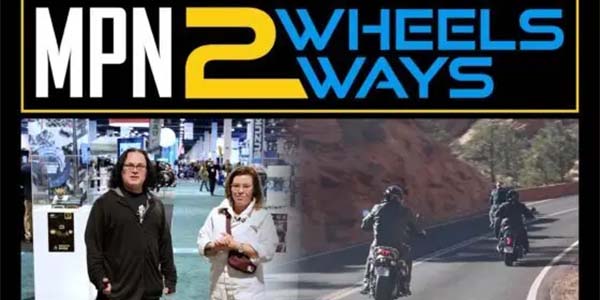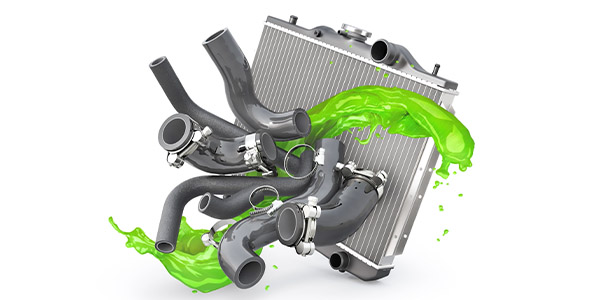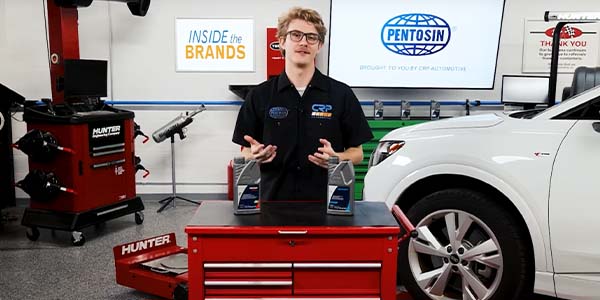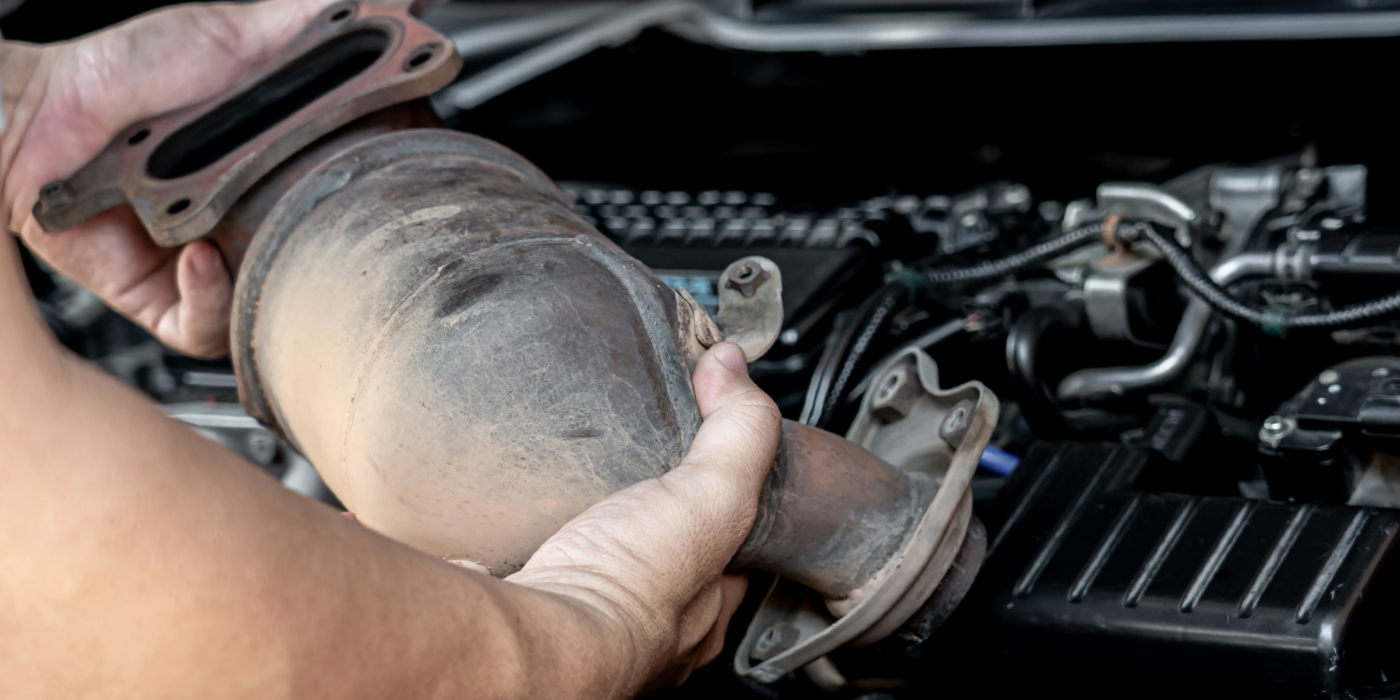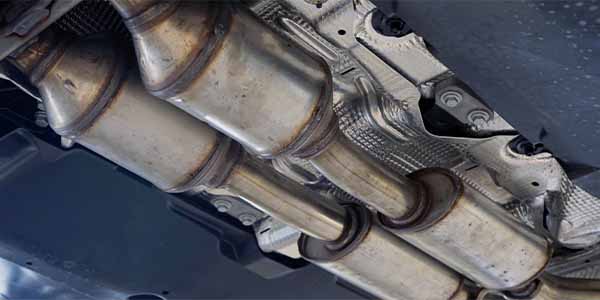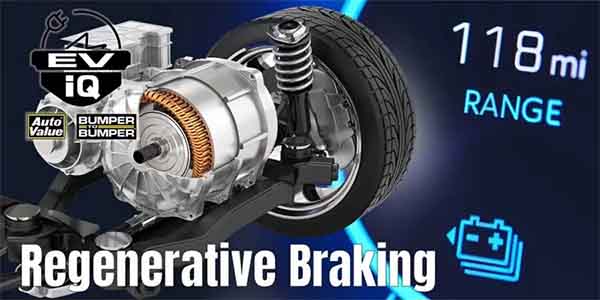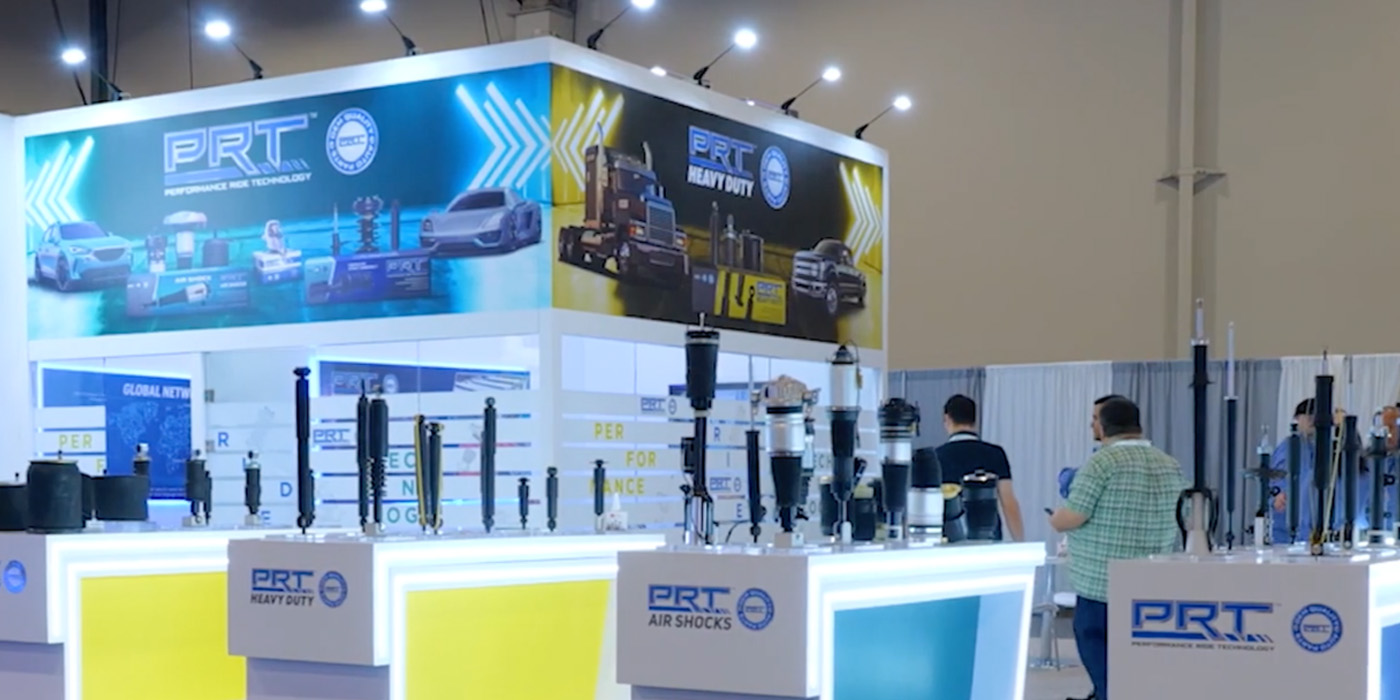CC:
Clint Cooper:
Hi, I’m Clint Cooper. I’m the emissions expert at AP Emissions. I’m here with Ryan McDonough, our product development expert, and we’re going to talk a little bit about how we develop catalytic converters, how we go about developing that brand new aftermarket catalytic converter part. So Ryan, what’s the first step? How do we come up with a new part?
Ryan McDonough:
First thing we do is identify our need through customer requests, inquiries through our website, or phone calls through the tech line.
Clint Cooper:
Okay, V.I.O. Data. Okay, so also we look at this V.I.O. data? What’s V.I.O.?
Ryan McDonough:
It’s Vehicle in operation, so it lets us know how many of a certain type of vehicle are in a geographical area.
Clint Cooper:
Okay, great. So you can just find out how many Camrys are in Albany, New York, for example.
Ryan McDonough:
That’s correct.
Clint Cooper:
And so from that information, we can then decide if a part needs to get built because there’s a lot of demand for it. There’s just a lot of people need that part.
Ryan McDonough:
That’s exactly right.
Clint Cooper:
So once we’ve identified that part we want to build, what’s the first step? Do I just go out and buy the [OE] and we copy that, or how do we go about this?
Ryan McDonough:
We do that, but we also bring in the vehicle to our tech center.
Clint Cooper:
Okay.
Ryan McDonough:
We’ll throw it up on the lift, get our technicians to rip the car apart, bring the exhaust system down, and from there we start our process to develop a new part.
Clint Cooper:
So what’s the process? Do I go under there with a tape measure and start figuring out, okay, I need a tube this long and a bend at 45 degrees? How do our techs go about doing this?
Ryan McDonough:
So they’ll just take the original off the car.
Clint Cooper:
Okay.
Ryan McDonough:
Build a fixture around it that allows us to lock in locations.
Clint Cooper:
So describe this fixture to me.
Ryan McDonough:
It’s a steel… See, this is where it gets complicated.
Clint Cooper:
This is cool. Complicated is great, man.
Ryan McDonough:
This is a steel structure the employees use.
Clint Cooper:
So it’s got like these… I’ve seen it before. It’s got these bolts that come up out of it, and it’s parts where you can put the metal into it and lock it down so it’s all in a spot that you can weld together, right?
Ryan McDonough:
Yeah, it’s a steel structure that holds all the components in place to guarantee fitment.
Clint Cooper:
All right, sometimes we call it a jig. So they go about developing this new jig so that they can basically develop a new part for this car.
Ryan McDonough:
That’s right.
Clint Cooper:
So they develop the parts and from those parts, they develop the jig.
Ryan McDonough:
Right, so we’ll put the original in the jig.
Clint Cooper:
Okay.
Ryan McDonough:
We’ll fixture around it.
Clint Cooper:
All right.
Ryan McDonough:
And then that’ll allow us to be repeatable to the [OE].
Clint Cooper:
Okay, so once we’ve prototyped it, we’ve gone through, it almost sounds like an artisanal process where we develop that part, and then once we’ve got that master jig or fixture made, we put the [OE] back in the fixture to make sure that the fixture’s accurate.
Ryan McDonough:
That’s correct.
Clint Cooper:
And so then we can now start just assembling new parts? Is it time for production or is there more steps involved?
Ryan McDonough:
There’s a few more steps. So we will make a sample. We’ll put that sample on the car to document the fitment.
Clint Cooper:
Oh, so we don’t just check it against the jig that we made, but we then go put it back on the car and make sure it fits?
Ryan McDonough:
That’s correct.
Clint Cooper:
What happens if a model year is slightly different? Will we modify that [OE] part so it’ll extend coverage to those other model years, or do we just make a new part for every time that we need an [OE] copy?
Ryan McDonough:
That’s a great question. So we will bring in vehicles to test fit and hopefully extend our model years or carry over or carry up…
Clint Cooper:
Okay.
Ryan McDonough:
And use the same design. If a modification needs to be made, where we can carry up with a small modification, we’ll do that, as well, so the warehouse only has to stock one part instead of two.
Clint Cooper:
Nice. Oh, so that’s less inventory in the shelves for our customers, which is terrific. And that single part is going to fit multiple vehicles just by sometimes adding a hanger or a slight bend on it, where it will still fit the original purpose, but it also now fits that extended coverage.
Ryan McDonough:
That’s absolutely correct.
Clint Cooper:
Awesome. So at that point in time, you’ve got a jig fixed, a fixture setup, and we’re then basically ready to start production. We’ve put it back on the car. We’re ready to go?
Ryan McDonough:
So we’ll have a few other processes first, like getting the part in the catalog…
Clint Cooper:
Okay.
Ryan McDonough:
And out to all of our partners and to our customers.
Clint Cooper:
Excellent.
Ryan McDonough:
An NPI notification, so everyone in the field knows about the new part.
Clint Cooper:
Okay.
Ryan McDonough:
Then we’ll flip it over to the production team at that point.
Clint Cooper:
And at that point, it’s time to start producing the part.
Ryan McDonough:
We produce some parts.
Clint Cooper:
Excellent. Well, this has been a terrific video. We’ve learned about how we go about developing new parts. In our next video, what we’re going to look at is how we go about actually manufacturing those parts, so stay tuned. Thanks for watching.
This video is sponsored by AP Emissions.






